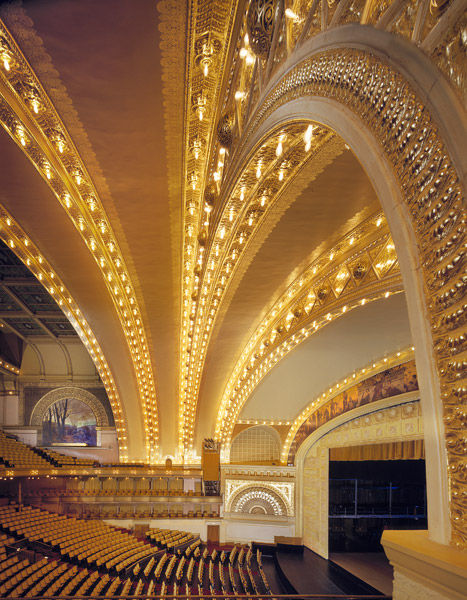Louis Sullivan 1856 - 1924
- Alec Boreham
- May 31, 2020
- 2 min read
Updated: Feb 27, 2022
Louis Sullivan was an American Architect that has ended up through popular culture to be known as the father of skyscrapers or the father of modernism and has been credited for the development of how many of our cities look today.
He was an architectural prodigy at a young age, graduating high school and commencing studies at the Massachusetts Institute of Technology at the age of 16
The Great Chicago Fire of 1871 gave Sullivan and many other architects the opportunities to rebuild the City using emerging and groundbreaking architecture and construction techniques. As the city was surrounded by railroad lines on the west side and Lake Michigan on the other, land was a premium, so to build upwards was an essential requisite for each proposed building
An important recognition and role that Sullivan played in 20th Century architecture was that for 6 years Frank Lloyd Wright was an apprentice of Sullivan in the firm Adler and Sullivan,
Sullivan developed a trademark design process, incorporating ornament in most of his major projects. His philosophy was to allow the ornamental design on the buildings facade to emerge naturally and organically, the result was some of the most beautifully decorated buildings of their time, something that is lacking in todays constructions.

The Wainwright Building in Chicago, was built in 1890 -1 has been described as a highly influential prototype of the modern office building and Architect Frank Lloyd Wright called it "the very first human expression of a tall steel office building as Architecture"
Wainwrights philosophy about skyscraper construction is demonstrated in this building, He once wrote "The Skyscraper must be tall, every inch of it tall, The force and power of altitude must be in it the glory and pride of exaltation must be in it. It must be every inch a proud and soaring thing, rising in sheer exultation that from bottom to top it is a unit without a single dissenting line. "
Ornamentation on the building is some of the finest of the time



The Auditorium Building completed in 1889 is one of Louis Sullivans best known designs, also located in Chicago. Its conception was to rival the Metropolitan Opera House in NYC and Ferdinand Peck who funded the scheme wanted culture to be made available to the working classes of Chicago.

Its main public feature is its 4,300 seat auditorium, originally intended for Grand Opera, each seat has good views and acoustics.


Sullivan as with many other architectural practices, suffered at the onset of financial panic in 1893. Over a 20 year period he suffered a financial and emotional decline including a battle with alcoholism. He died in a Chicago Hotel room on April 14 1924.

Kommentare